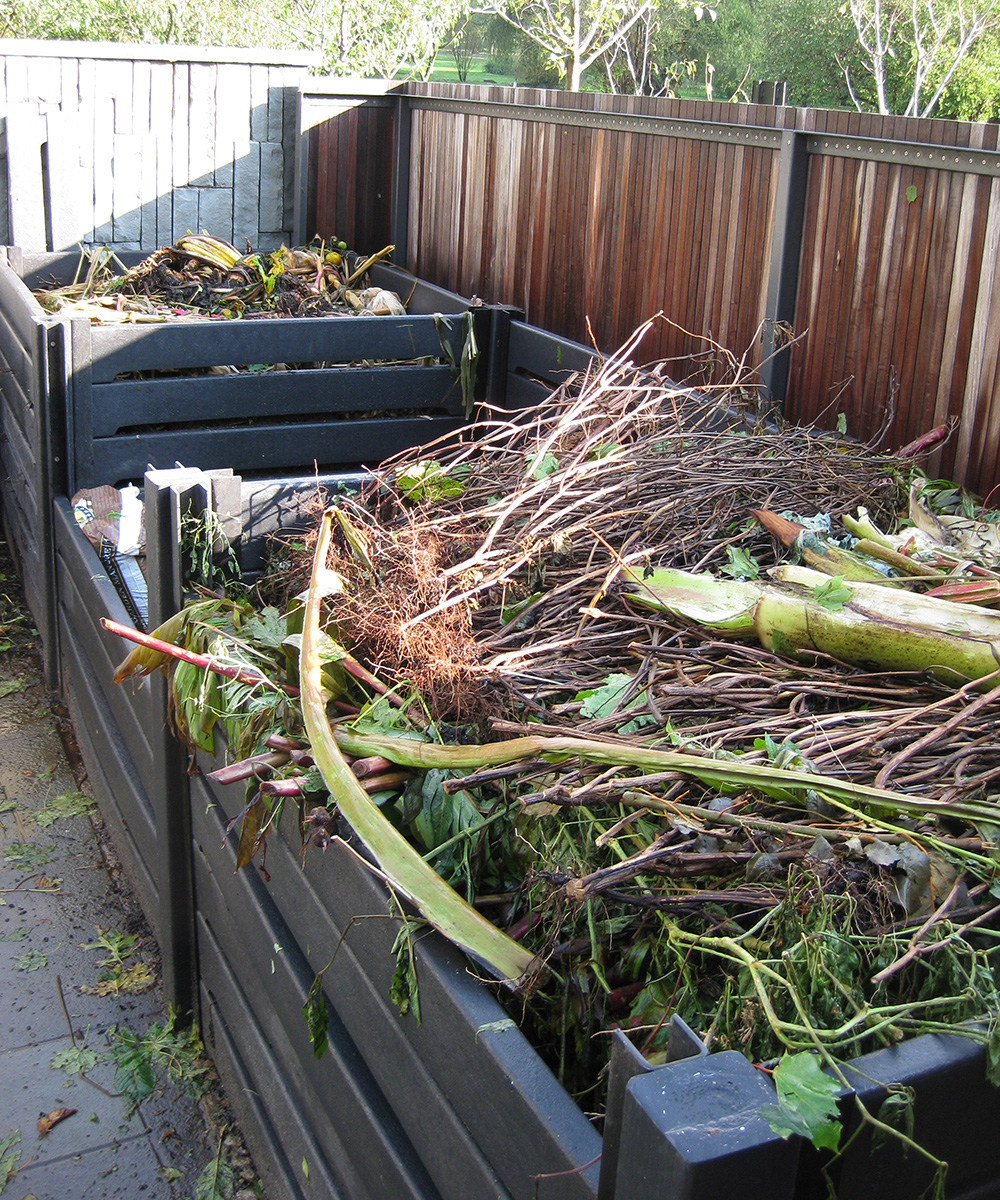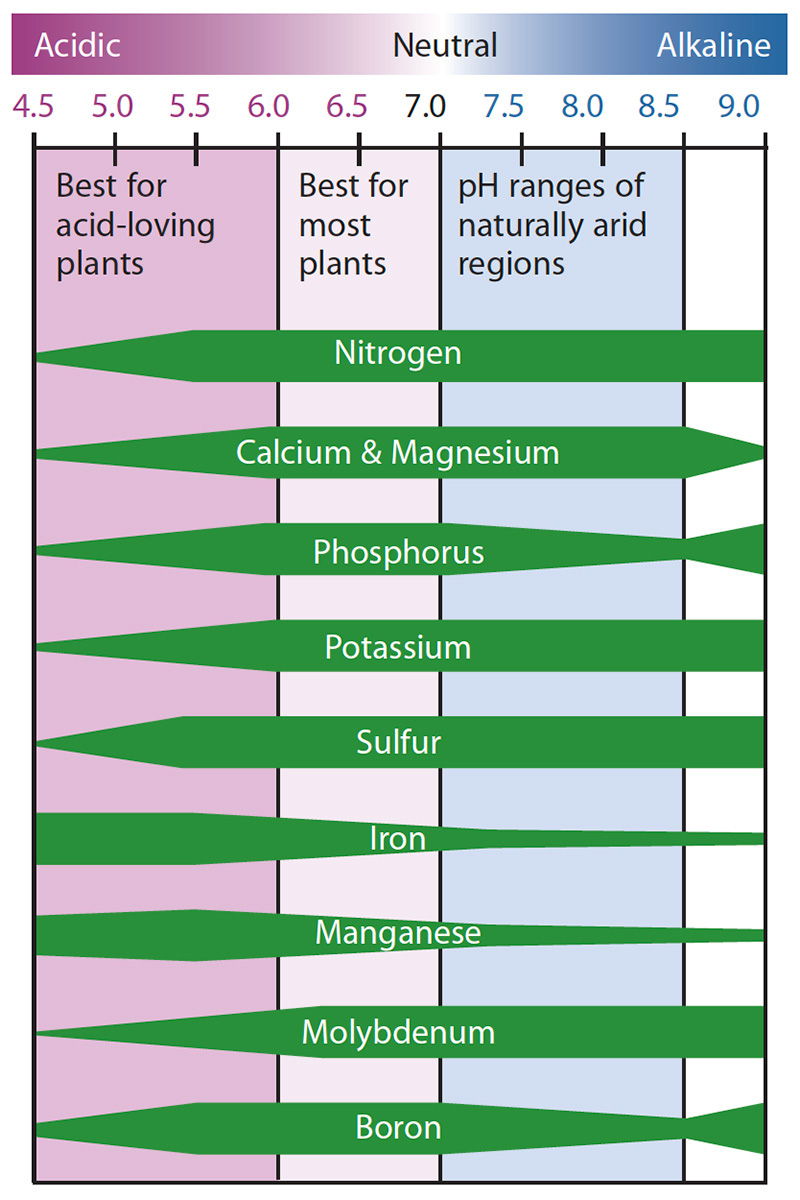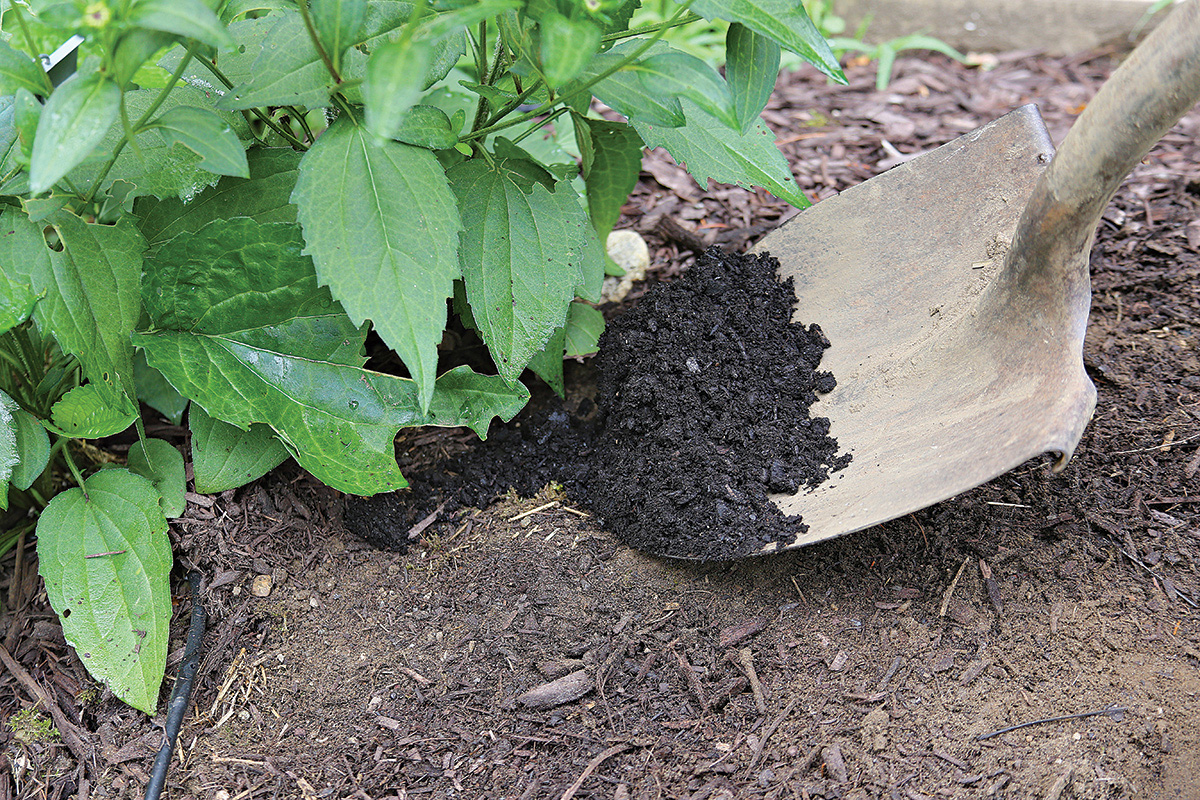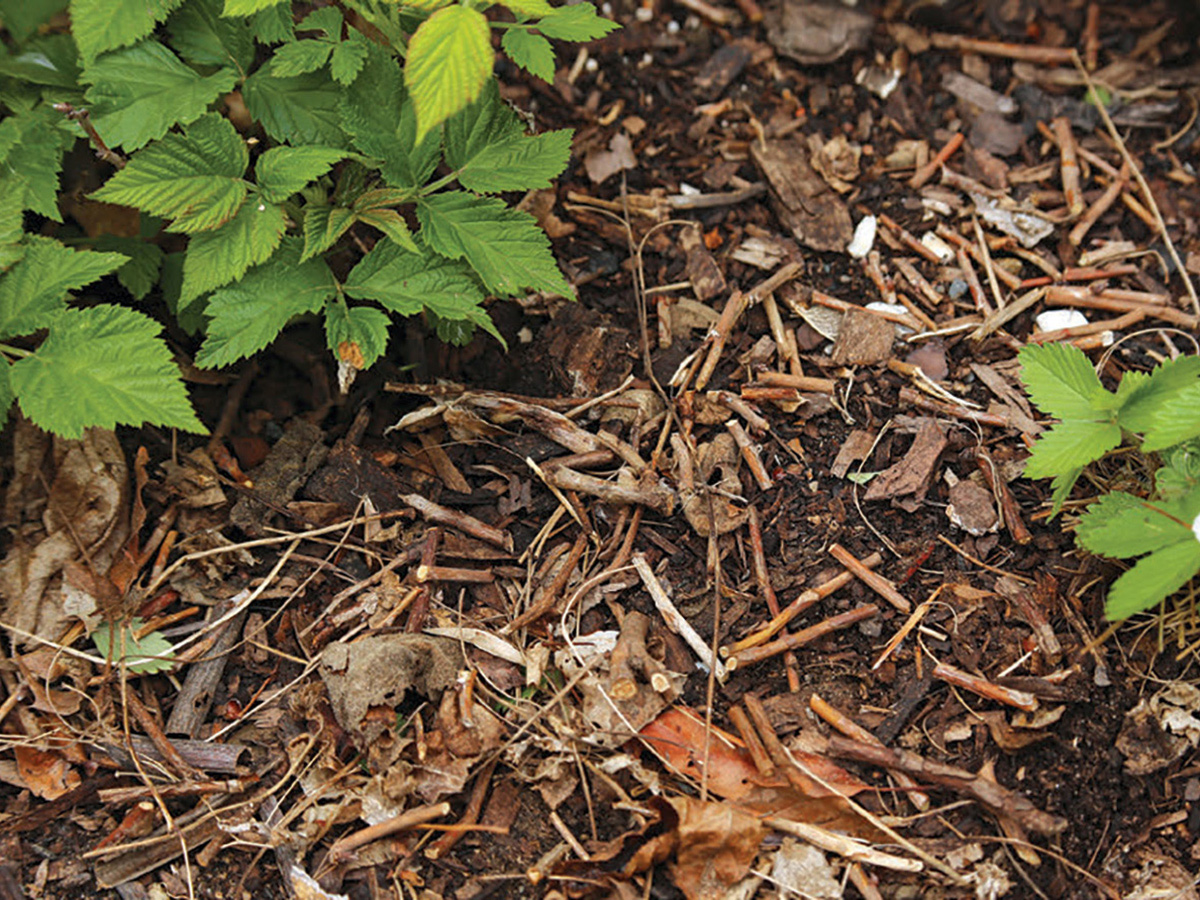There is no way to sugarcoat the challenges many of us in the Mid-Atlantic region have faced this summer. The inconsistency of rainfall and the extreme high temperatures have greatly impacted our efforts to garden successfully. Even with valiant efforts to apply supplemental irrigation, I have witnessed a wide range of plant material showing signs of drought stress that I have rarely witnessed in my 15-plus years of gardening in this region. To say it is cause for concern would be an understatement. As a result, in the last few months I have been repeatedly asked how we can prepare our beloved gardens to reduce heat and moisture stress for future growing seasons. One answer to this conundrum is to add organic matter to the soil in the form of compost.
What is compost?
According to the US Composting Council, “Compost is the product manufactured through the controlled aerobic, biological decomposition of biodegradable materials. The product has undergone mesophilic and thermophilic temperatures, which significantly reduces the viability of pathogens and weed seeds and stabilizes the carbon such that it is beneficial to plant growth. Compost is typically used as a soil amendment but may also contribute plant nutrients.” That is a very technical definition to describe what I like to refer to as plant material that has broken down past the point of recognition from its original form.
After my initial answer of adding compost, the frequent follow-up question is, “What are the benefits of adding compost to our soil? How does this actually help?”

How does it work?
Plants grown in healthy soils that provide the wide range of nutrients needed to thrive are much more resilient and can suppress pests and diseases. In this aspect, think of compost as an immune booster. Similar to human health, if a plant’s immune system is thriving and active it can ward off detrimental invaders. Compost is the plant equivalent of human probiotics. Compost provides the basic building blocks that support the soil biome and create an environment that is ideal for beneficial fungi, bacteria, and macro- and microorganisms to thrive. All aid in creating a living ecosystem that supports plant health.
Adding compost improves the soil’s cation exchange capacity (CEC), which is the measure of how many positively charged ions a soil can store. In other words, CEC is essentially the soil’s ability to hold nutrients and provide an environment where nutrients are available for plant uptake. Heavy clay soils have a very high CEC, thus are high in nutrients. Sandy soils are low on the CEC scale and lack the ability to hold nutrients in suspension. But both soil types will benefit from incorporating organic matter. Heavy clay soils have very tight bonds, so tight in fact that nutrients are strongly bonded to soil particles and not easily available for plant uptake. Conversely, sandy soils have very weak bonds, and water moving through the soil strata will wash or leach nutrients away. Compost incorporation will loosen bonds in clay soils and strengthen bonds in sandy soils.

Incorporating organic matter balances a soil’s pH level. Soil pH refers to the acidity or alkalinity of soil on a logarithmic scale, with most ornamental plants preferring a pH range of 6.5 to 7.5. Within this range, macro- and micronutrients that plants rely on are available for uptake through their root system. When pH readings are outside of this range, nutrient availability is limited. Compost generally has a pH reading between 6 and 8, so you can gradually increase or decrease a soil’s pH depending on existing levels.
Increased water-holding capacity is also a major benefit of adding organic matter. Compost acts as a sponge; it has the unique ability to hold large amounts of water when compared to its particle size. Thus, increasing the amount of compost in your soil increases its water-holding capacity.
As the compost conversation continues, I inevitably get asked: “How do you incorporate compost into your soils?”
How do you incorporate compost into soil?

When establishing a new garden area or bed, spread 3 to 4 inches of compost over the entire surface, then mix the compost into the soil as deeply as possible via mechanical or physical hand tilling. In established or planted beds where tilling is not an option, simply adding the 3 to 4 inches of compost on the surface yearly will achieve the desired results in a few years’ time. Even adding several handfuls of compost to your container mix when planting up pots can have a significant impact on watering frequency, and top-dressing lawns with ¼ to ½ inch of compost and raking it in will help struggling grass.
If you are not a fan of the look of traditional compost as a mulch, not to worry. Traditional mulching materials such as wood chips or shredded hardwood will also aid to the increase of organic matter in your gardens. As a rule, the more broken down the mulching material is the faster it will incorporate into your soil. Large wood chips break down slowly and will take much longer to incorporate into your soil, but the benefits will happen over time.

This approach is not a one-and-done solution. Yearly applications are recommended to facilitate the continued cycle of organic matter incorporation. And as with any effort to increase soil health, it is advisable to get a sense of your jumping-off point. A basic soil test that can be purchased via your local extension agency or garden center can provide a solid baseline to guide your efforts. CEC, pH, and basic nutrient information are provided in the soil test results.
Although not a quick fix, composting is an extremely environmentally friendly approach to boosting soil health and in turn greatly increasing our plants’ ability to withstand environmental stresses in the years to come. After all, many of us green thumbs know that good things come to those who are diligent and patient.
More on composting:
And for more Mid-Atlantic regional reports, click here.
Adam Glas is a garden supervisor and rosarian at the Scott Arboretum of Swarthmore College in Swarthmore, Pennsylvania.
